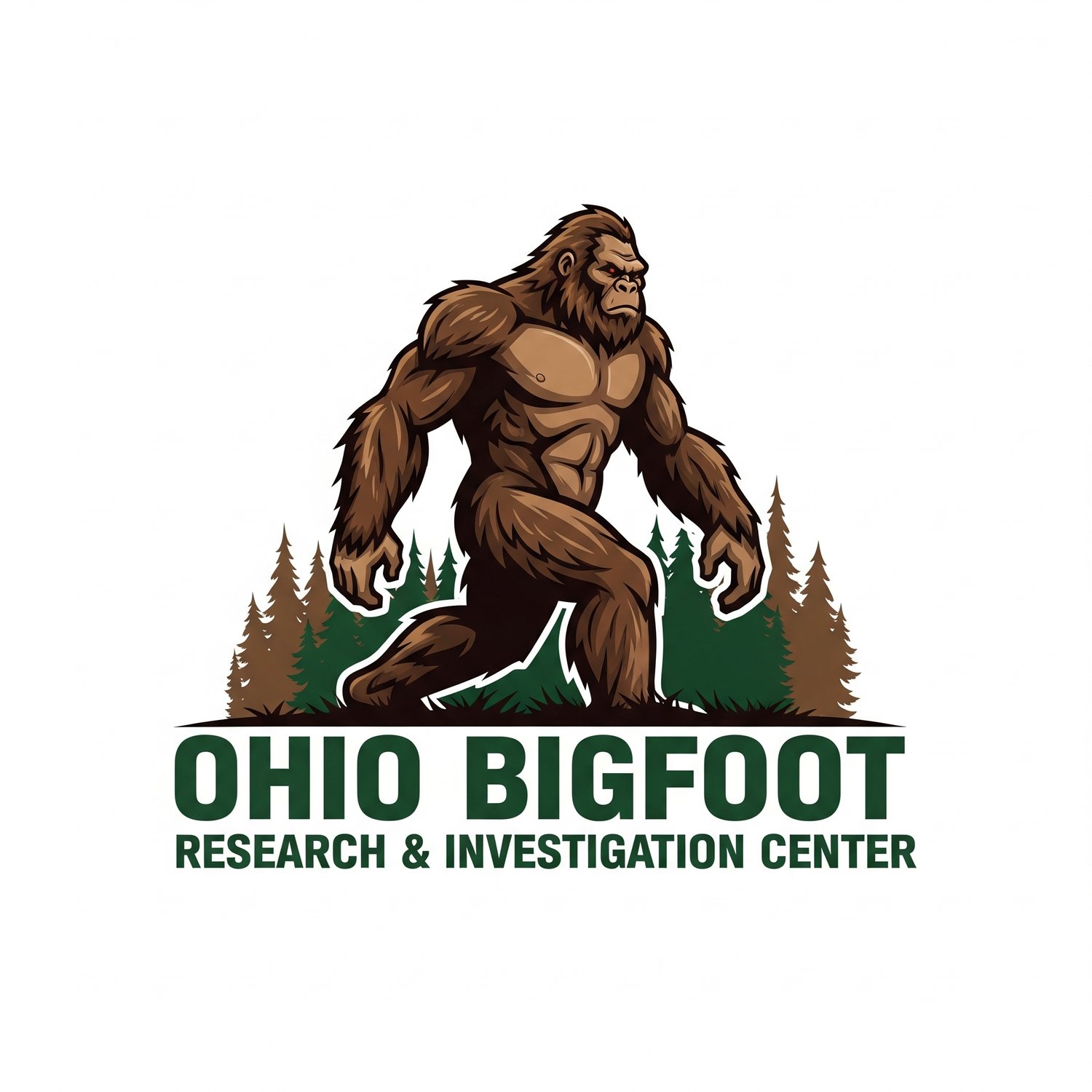Bigfoot Genome Project: A Tale of Controversial Science, Not Confirmed Fakery
The 2013 announcement of a complete Bigfoot genome was met with immediate and intense scrutiny from the scientific community. While the project, led by veterinarian Dr. Melba Ketchum, claimed to have definitive DNA evidence of Sasquatch's existence as a human-primate hybrid, the study was ultimately discredited due to profound methodological flaws, a lack of independent verification, and the unconventional means of its publication. While the evidence is widely considered invalid, there has been no direct admission or conclusive proof that the data was intentionally fabricated or "faked" in the sense of a deliberate hoax.
The saga of the "Sasquatch Genome Project" serves as a stark example of how scientific claims, particularly extraordinary ones, are rigorously vetted. The project's findings were not published in a reputable, peer-reviewed scientific journal. Instead, Dr. Ketchum's paper appeared in the DeNovo Journal of Science, a publication that she reportedly acquired and for which her study was the inaugural and, for a time, only article. This move immediately raised red flags within the scientific community, as peer review is a cornerstone of scientific validation, ensuring that research is scrutinized by independent experts before it is published.
The core of the criticism, however, lies in the scientific content of the paper itself. Geneticists who examined the study pointed to a host of issues, including:
Contaminated and Misidentified Samples: Independent analyses of some of the DNA samples used in Ketchum's study revealed their origins from known animals. For instance, some samples were identified as belonging to opossums and bears. This contamination and misidentification of source material fundamentally undermines the study's conclusions.
Inconclusive and Misinterpreted DNA Evidence: Critics argued that the DNA data presented was weak and open to multiple interpretations. The claim of a human-primate hybrid was not supported by the data in a way that could withstand rigorous scientific scrutiny. The sequences that were not readily identifiable as belonging to known species were more likely the result of poor quality samples or errors in the sequencing process, rather than evidence of a novel primate.
Lack of Replicability: A fundamental tenet of the scientific method is that results must be replicable by other, independent researchers. The findings of the Bigfoot Genome Project have never been successfully replicated, and the original data has not been made widely available for independent analysis in a manner that satisfies the scientific community.
In the face of this overwhelming criticism, the scientific consensus is that the Bigfoot Genome Project does not provide credible evidence for the existence of Sasquatch. The term "hoax" has been used by some to describe the project, not necessarily to imply a deliberate fabrication of data from scratch, but rather to characterize the entire endeavor as a misleading and unscientific effort presented to the public as a legitimate scientific study.
While Dr. Ketchum has maintained the validity of her research, the broader scientific community remains unconvinced. The story of the Bigfoot Genome Project highlights the importance of rigorous methodology, peer review, and transparency in scientific research. While the question of whether the evidence was intentionally "faked" remains a matter of speculation, the consensus is clear: the study's scientific failings render its conclusions invalid.
In a separate instance
The Texas Forensic Science Commission investigated a complaint filed in 2021 against Dr. Ketchum and her now-defunct company, DNA Diagnostics, Inc. The complaint stemmed from her testimony and forensic analysis of canine DNA in a criminal case.
In their final report, the commission concluded that at the time of the analysis and her testimony, Ketchum's laboratory was not accredited by any recognized accrediting body. This lack of accreditation is a significant issue in the field of forensic science, as it ensures that a lab meets established standards for quality and competence. The report itself serves as a formal discrediting of her lab's operations within a legal context by a Texas state agency
